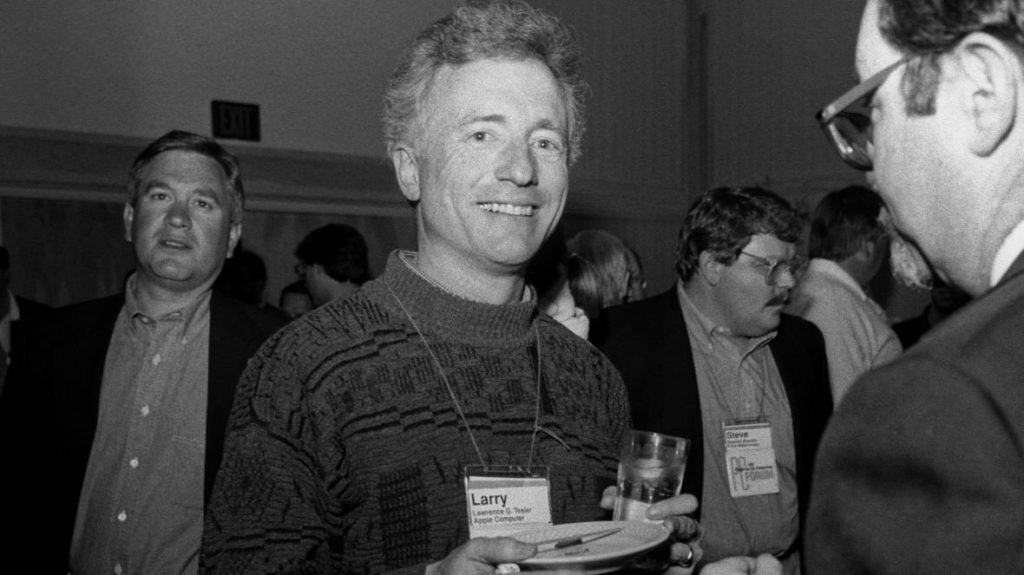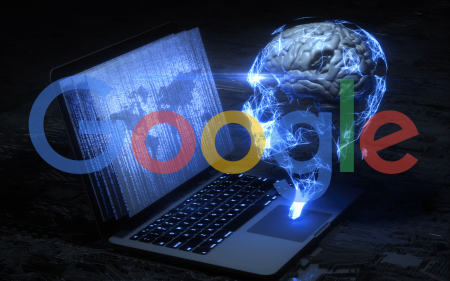You’ve probably never heard of Larry Tesler, but every time you cut-n-paste on your computer it’s because of him.
Tesler – who died last week aged 74 – was a legendary early computer scientist who pioneered many of the functions we now take for granted, especially the essential cut, copy and paste – as well as many more technologies that are now as commonplace.
He was working at the Xerox Palo Alto Research Center, the famous research division of the printer company, in the 1970s when a young Steve Jobs came for a visit and saw the rudimentary early versions of the user-interface we are now so familiar with.
Tesler pioneered the graphical user interface (GUI) or what’s known as WYSIWYG – for “what you see is what you get” – which was his phrase for describing how the computer program looked the same as what was eventually printed. It also famously, used a mouse, which grabbed Jobs imagination as he was working on the Macintosh. This personal computer would essentially become the role model for computing as we know it.
Jobs hired Tesler in 1980, who would work at Apple for 17 years, eventually becoming its chief scientist. “The questions the Apple people were asking totally blew me away,” Tesler said in a 2005 interview. “They were the kind of questions Xerox executives should have been asking but didn’t.”
He also was the man who decided a computer mouse should only have one button.
Unlike other engineers, who tended to focus on their own computer use, and especially unlike Jobs who famously never asked customers what they wanted, he sat down with a secretary and asked her to explain how she would prefer to work. He built the GUI based on these observations, especially the way text was handled. In early software, the text was entered in one mode and edited in another. For this reason, his car license plate was famously just: “NO MODES”.
“He can be hailed as one of the true pioneers of many important aspects of personal computing,” said Alan Kay, an equally renowned computer scientist whose team Tesler was part of at Xerox PARC.
Like Jobs, he wanted the experience of using a computer to be simpler. After he joined Apple in 1980, he worked on the Lisa and Macintosh computers, then ran the celebrated Advanced Technology Group. It would produce the first handheld computer, the Newton, which was simply ahead of its time, as well as networking technology that what would become the Wi-Fi standard. He was also Apple’s lead in another venture with other companies to design a processor for the Newton. Called Acorn RISC Machine (ARM), it was sold but would become the design architecture for a small company, called ARM, whose chips are the dominant standard for all our smartphones.
Tesler, like his similar-sounding namesake Nicola Tesla, produced a range of technologies that have changed the world. Now only is his “cut and paste” analogy used for text editing but for so much else in business strategy. RIP Larry Tesler, thanks for everything.
This column first appeared in Financial Mail.




